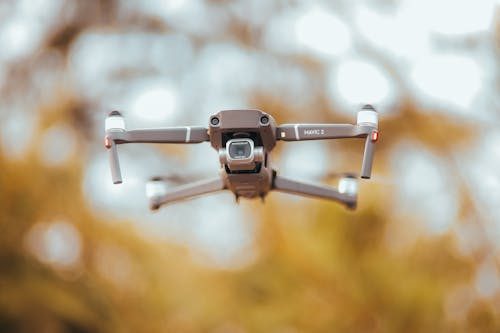YouTube Inventor Jens Creates World's First Portable Instant Sketch Camera
- MM24 News Desk
- 39 minutes ago
- 3 min read

YouTube creator Jens from Strange Inventions has built the world's first portable instant sketch camera that transforms real-life scenes into artistic line drawings in minutes. The SketchCam device weighs just one kilogram, fits in a thrift-store case, and runs on a power bank, using a Raspberry Pi and custom robotics to create hand-drawn style sketches from captured images, reported Strange Inventions.
Jens found himself staring down at a row of party guests, his new invention perched precariously on a rickety seat. One by one, they froze as their faces illuminated by the gentle glow of a low-cost camera module. Just a few minutes later, the machine whirred to life, its servos buzzing while a pen began scratching across paper in deliberate, artistic strokes. This wasn't just another photography gadget—it was the culmination of months of work transforming ordinary components into something extraordinary.
The journey began when Jens, who had almost no knowledge of CAD software just two years ago, was browsing robotics forums late one night. A wild idea took root: why settle for printing static photos when technology could simulate the intentional, human-like strokes of a drawing?
"I wanted to create something that felt more artistic and personal than a standard printout," Jens explained through his Strange Inventions channel. He immediately purchased a Raspberry Pi and some servos from AliExpress, plunging headfirst into what would become the SketchCam project.
What followed was an iterative process of prototypes and dead ends, with each failure fueling his determination rather than discouraging it. The final product emerged as a compact box weighing only one kilogram that could easily fit into an old thrift-store case and run efficiently on a standard power bank. The portability factor became crucial—this wasn't meant to be a stationary laboratory experiment but a device you could actually take to parties, parks, or anywhere inspiration struck.
When you point the SketchCam's lens at a subject, the magic begins immediately. The raw image routes to the Raspberry Pi's brain, where a custom script performs computational artistry. First, it converts the image to greyscale to eliminate color noise.
Then comes the critical edge detection phase, which searches for significant brightness shifts to identify outlines.
"I spent weeks fine-tuning the threshold until it was just right," Jens noted. "The goal was capturing enough detail to preserve expression without degenerating into meaningless scribbles." The final contours emerge as clean vector lines, with digital artifacts removed and lines smoothed to resemble those made by a human artist.
The mechanical heart of the operation involves two SG90 servos, popular among robotics enthusiasts for their low-cost reliability. Jens connected them to a two-arm system where each joint sweeps a pen across paper in coordinated motion. The most challenging aspect involved inverse kinematics—the complex mathematics required to translate flat vector data into precise motor angles that actually accomplish the drawing task.
The algorithm must calculate rotations while accounting for mechanical "dead zones" where the arms might lock up. To ensure artistic fluidity, the system also smooths movement paths so strokes maintain consistent pressure and flow. Jens even built a custom simulator to test these movements, with green zones marking easy portions and red flags indicating where servos struggled with weight or speed constraints.
For aspiring makers, Jens has streamlined the construction process. "If you have the necessary tools, putting everything together should just take a few hours," he stated. He now sells a maker kit for 129 euros that contains all essential components: a Raspberry Pi Zero for processing, a camera module, a PWM driver for servo control, and STL files for 3D printable frames.
The design incorporates thoughtful touches like straps to secure the power bank and carefully routed wires to maintain tidy internals. Assembly involves soldering a few connections, screwing mounts in place with a long Phillips head, and attaching a fine-liner pen to the drawing mechanism.
A comprehensive tutorial video guides builders through the entire process, from calibrating pen height at four test points to loading code onto a micro SD card. When you finally switch on the completed SketchCam, it draws a quick calibration square. If the lines emerge clean and sharp, you're ready to create. Within approximately three minutes, the device produces a sketch on plain paper that captures the artistic essence of your subject—proving that sometimes the wildest ideas, pursued with enough determination, can transform into inventions that literally draw outside the lines.



Comments